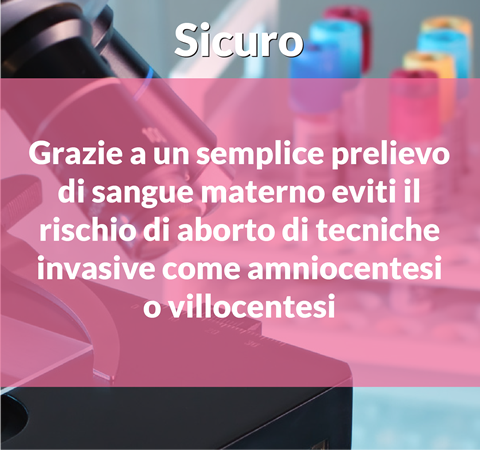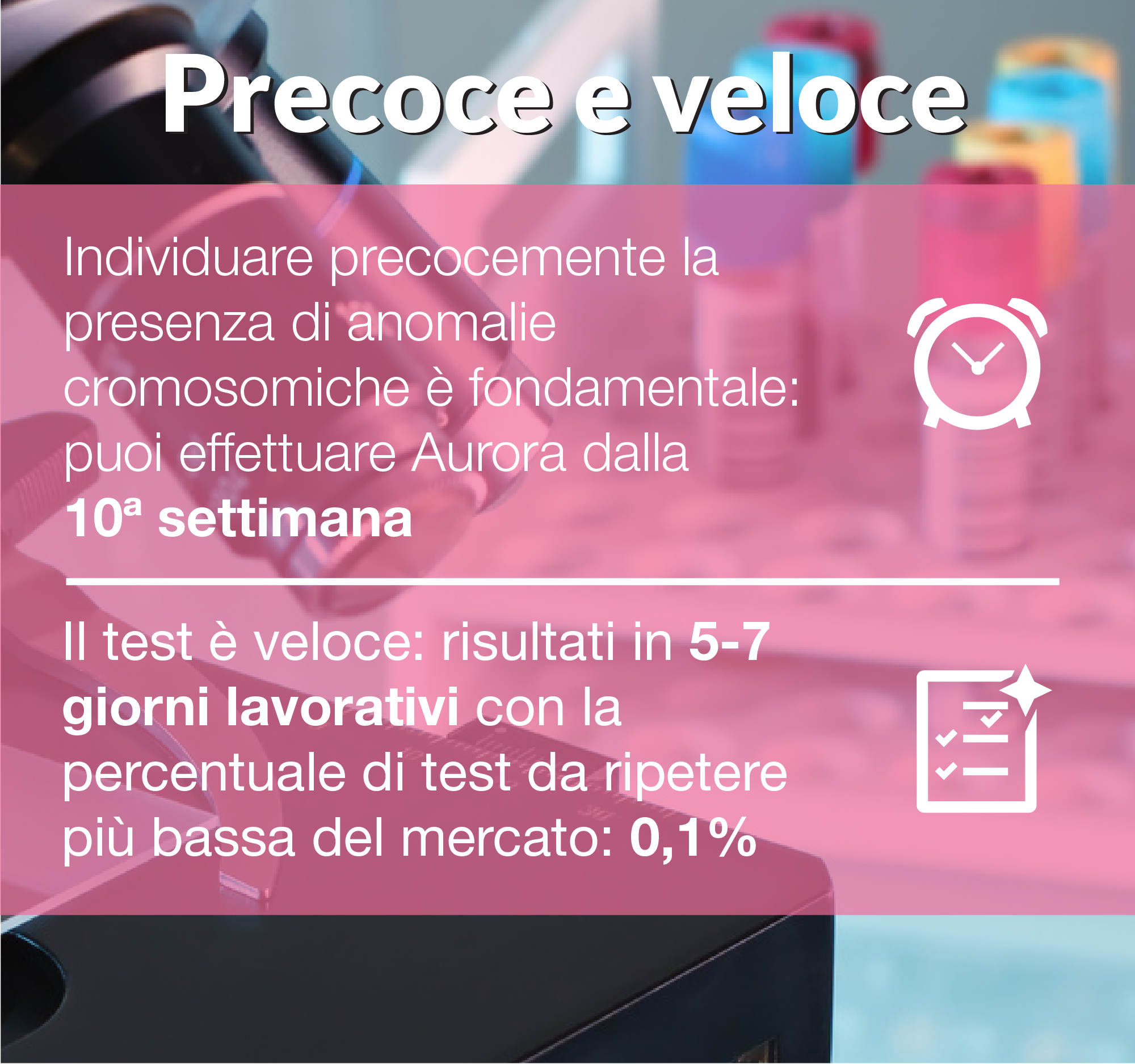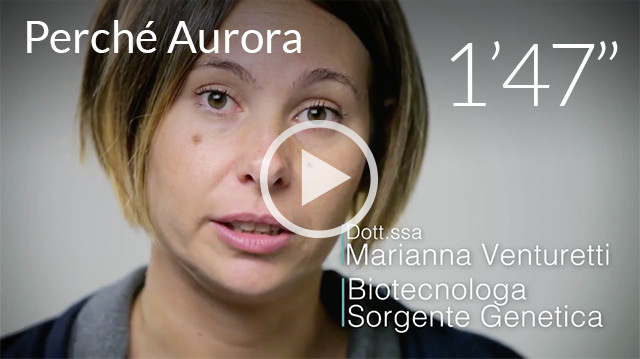Researchers took a step forward in the development of gene therapy against Sandhoff's disease. In fact, a study led by Dr. Laura Allende revealed that the disease could already appear in the womb.
Sandhoff's disease causes the accumulation of gangliosides, causing the death of brain and spinal cord cells. Dr. Allende wanted to understand if the process even begins during fetal development. In fact, the first symptoms often appear shortly after giving birth. For this reason, the team examined the induced pluripotent stem cells of some patients.
Researchers created healthy stem cells using Crispr / Cas9, to be used as a control group. To do this, they corrected the defective gene present in the cells of the patients themselves. In this way they obtained two groups of stem cells, which developed into mini brains. The first was healthy and the second affected by Sandhoff's disease.
The observations revealed accumulations of gangliosides in the diseased mini brain, not present in the other. Furthermore, they detected an excess of new cells that made the brain sicker much bigger. According to the researchers, the fault could be of some genes responsible for cell maturation. Diseased stem cells instead of differentiating themselves had continued to grow.
The guilt of non-differentiation could be accumulation of gangliosides. However, the thing remains to be determined. Meanwhile, the study showed how destroying gangliosides can affect fetal brain development. The researchers introduced the correct gene into 4 weeks old mini brains. After 2 weeks, the brains were almost normal in size and had no more ganglioside accumulations.
Source: asbmb.org



















